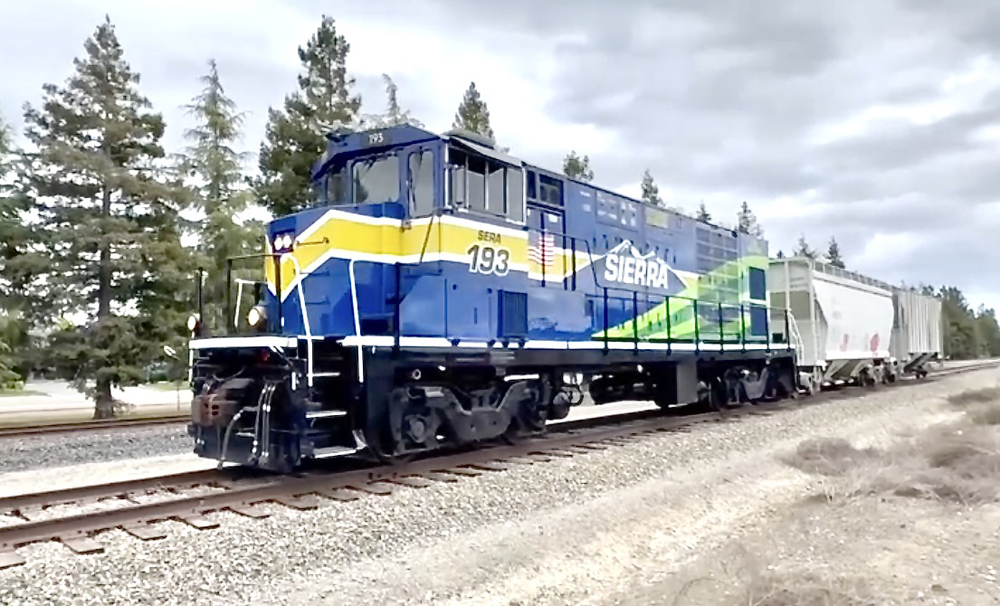
DENVER — Sierra Northern Railway conducted a successful initial test of its first hydrogen locomotive, a four-axle switcher, in late March, the company announced today (April 8) at the American Short Line and Regional Railroad Association conference.
The initial testing took place March 27 in West Sacramento, Calif.
“This accomplishment marks another major milestone in Sierra’s mission to bring hydrogen-powered, zero-emission switcher locomotives within commercial reach for the shortline industry, both in California and around the world,” Sierra Northern President Kennan H. Beard III said in a press release. “Sierra’s successful test proves that short lines can retire pre-Tier 0 to Tier 4 diesel locomotives and replace them … using our advanced hydrogen powered units.”
The pilot project was funded through a $4 million grant for design, integration, and demonstration of the locomotive from the California Energy Commission (and administered through GTI Energy.
The company says the locomotive will facilitate improvement of air quality, and reductions in greenhouse gas emissions, noise, and odors. A diesel switcher uses an average of approximately 50,000 gallons of fuel per year, creating the potential for reduction of more than 12 million gallons of diesel per year in California — the approximate equivalent of the fuel used by 20,000 light-duty vehicles.
Also funding the project are the Sacramento Metropolitan Air Quality District, SoCalGas, and the Low Carbon Resource Initiative. Other partners include GTI Energy, Velocity Strategies, Railpower Tech, WHA International, OptiFuel Systems, Ballard Power Systems, UC Riverside, and Valley Vision.
The Sierra Northern has already begun work on four additional hydrogen-fueled locomotives, an approximately $19.5 million project receiving funding from State of California, California State Transportation Agency, and Caltrans’ Port and Freight Infrastructure Project, through a public-private partnership with the Sacramento Metropolitan Air Quality Management District. Testing will be conducted at Sierra’s West Sacramento yard, and is to be completed by the end of 2027.






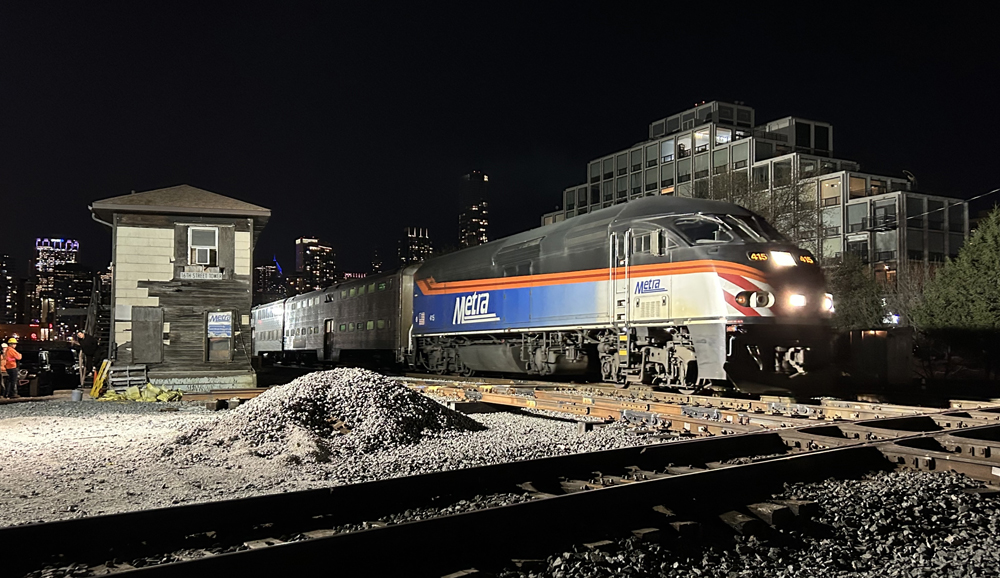

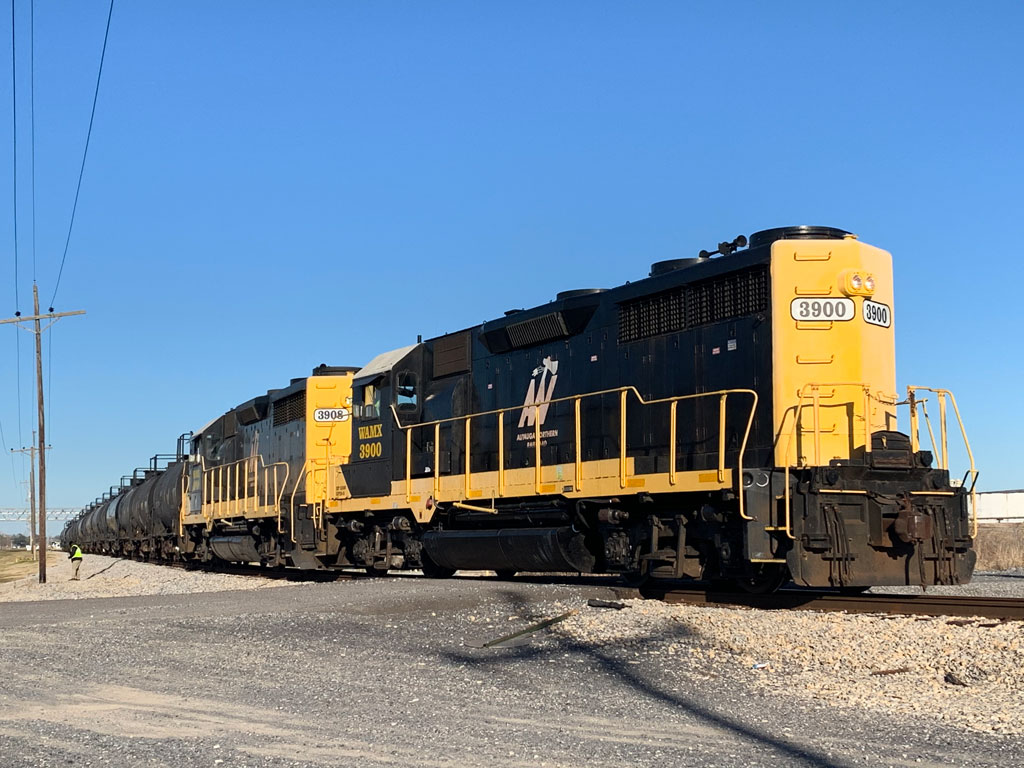
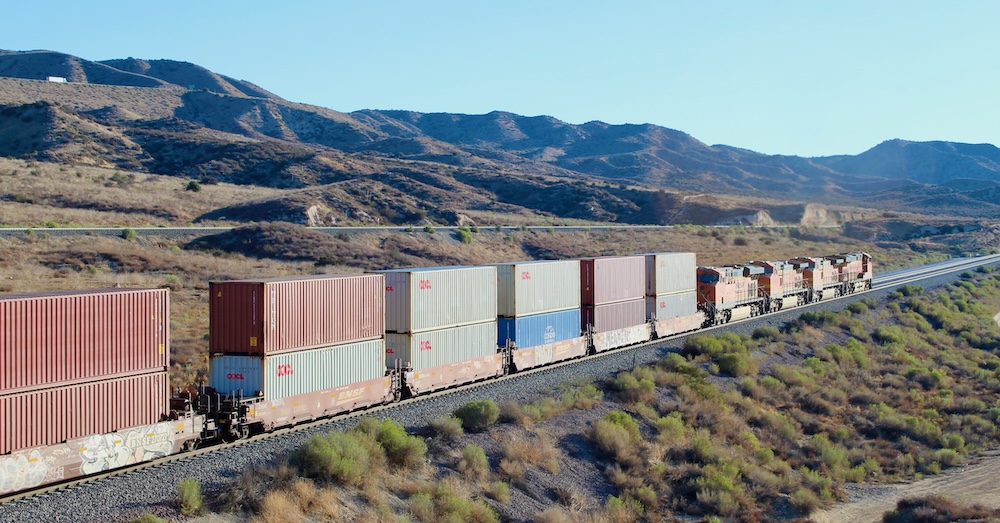

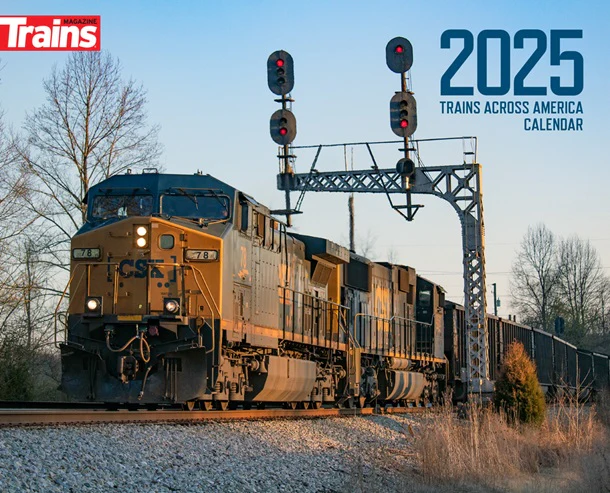


Note that upon completion in the fourth quarter of 2027, the fleet of hydrogen zero-emission switchers will increase to four, contributing to the long-term goal of transitioning the entire Sierra fleet, as well as over 260 switching locomotives in California, to hydrogen-powered zero-emission technology.
Dr. Güntürk Üstün
A fine technical achievement…
Dr. Güntürk Üstün
“The map is the first of its kind at continental scale anywhere, showing likely underground areas to explore for geologic hydrogen. It reveals areas of interest that have the potential to hold accumulations of geologic hydrogen, including a mid-continent region that covers Kansas, Iowa, Minnesota and Michigan, the Four Corners states of Arizona, Colorado, New Mexico and Utah, the California coast, and areas along the Eastern seaboard.”
https://www.usgs.gov/news/national-news-release/usgs-releases-first-ever-map-potential-geologic-hydrogen-us
Geologic hydrogen may be a cheaper source of hydrogen.
Actually, the majority of industrial hydrogen in the US is cracked from natural gas.
Reducing diesel emissions, yes. Reducing fossil fuel use, no.
Types include:
Grey Hydrogen – SMR from Nat Gas
Blue Hydrogen – SMR of captured carbon
Brown Hydrogen – Coal gasification
Black Hydrogen – Biomass gasification
Green Hydrogen – Electrolysis by solar power
Pink Hydrogen – Electrolysis by nuclear power
Then there is hydrogen produced by bacterial enzymes
Most of the world consumes Grey Hydrogen because it is the cheapest.
I wonder how many horsepower it is?
Locomotive was 2000 HP as a diesel, the H2 fuel cells are reported by other news articles to offer equivalent performance.
How was the hydrogen produced ? Doesn’t it take large amounts of electricity ?
Of course it does, James. As hydrogen does not exist in nature, it needs to be produced by use electricity. Electric generation and transmission is a major source of heat into the environment.
If you look at the emissions and the efficiency of this machine, you’re further ahead with a diesel.
If electrolysis becomes more efficent and renewable power cheaper than H2 should match the cost of diesel as a “fuel” — reportedly using off-peak power from off-shore wind in Germany it has reached that point for the Alstom iLint trains, but electrification with battery just makes more sense as so much isalready electrified, and batteries are good for at least 50 miles in range. A lot of R&D is going into both H2 production and fuel cells, but right now H2 is were diesel was about 1930 assuming it does replace diesel, which is a big “if” of course.
Sorry Charles, but Hydrogen DOES exist in nature, Its is just not easily captured as a gas as it only makes up 0.000055% of the atmosphere. And it is available, as Mr Rice showed, as a product of Coal and Biomass gasification and as a byproduct of Natural gas production. Yes, it doesn’t have the ready availability of Oxygen, Helium, Argon Nitrogen or Carbon but it does exist… It’s number 1 on the periodic chart of elements.
Also, it would have been nice to see a test with 10-15 cars being pulled by the unit. That is about average for a small railroad to have in a consist on a ladder track type classification system drag. Two cars is hardly a real test…